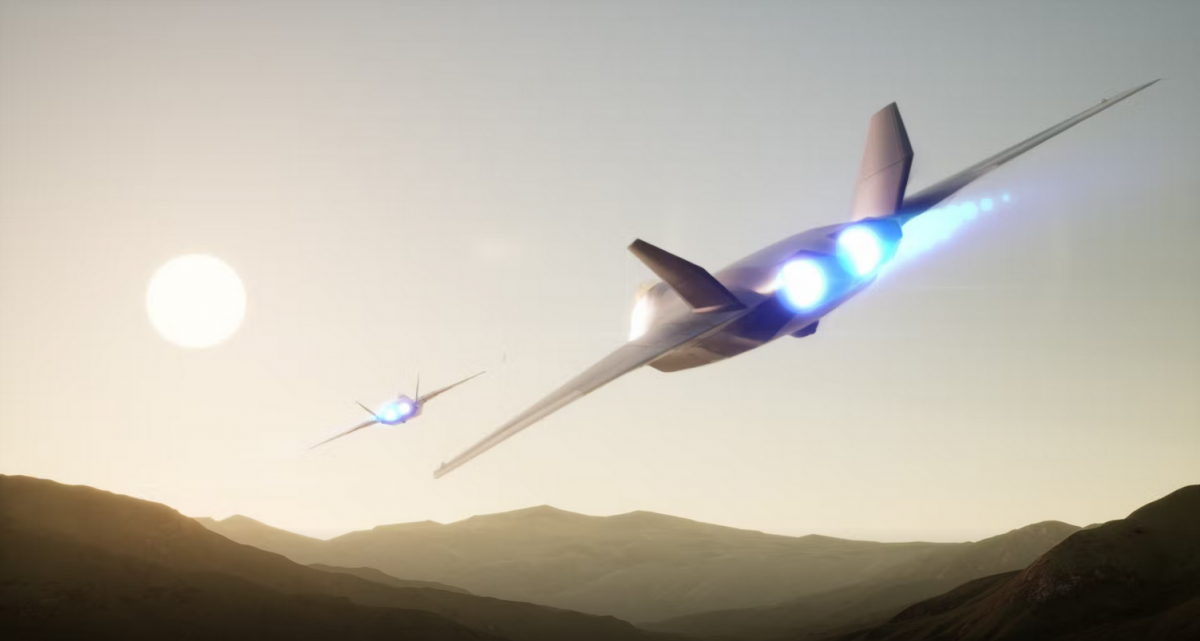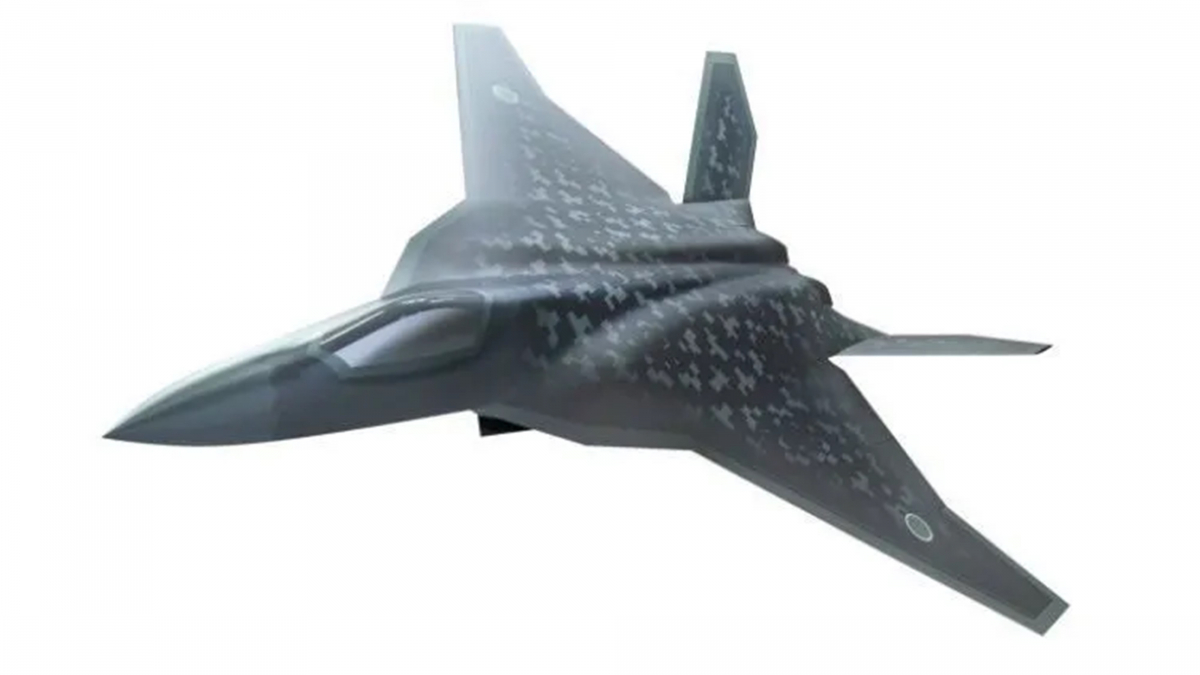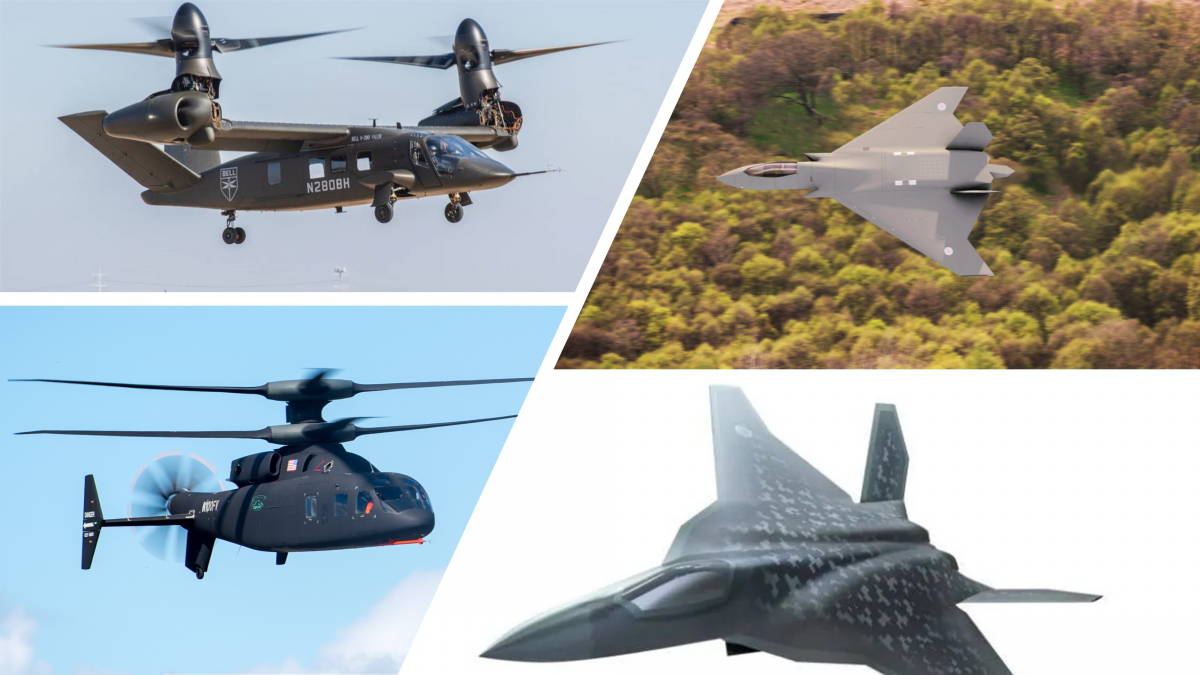Yesterday, the United Kingdom announced the launch of a new cooperation with Japan. This time, the aim is to develop a new sensor, called Jaguar, which will be common to the sixth-generation Tempest and F-X fighters. Another agreement was also signed yesterday between the United States and the United Kingdom. They have agreed to share information on their future helicopters, with a view to their interoperability.
Jaguar sensor for 6th generation fighters
Britain and Japan have just concluded a partnership relating to the development of a joint sensor dedicated to electronic warfare for the 6th generation fighters each country is developing: the F-X on the Japanese side and the Tempest under British prime contracting. The Jaguar sensor, as designated in the agreement, will be developed jointly with teams in both countries, allowing each to build up expertise while reducing development costs.
The sensor, described as universal radio frequency, is intended to identify threats and locate them while preventing the operation of surveillance technologies exploited by adversaries. It would therefore be not only a passive electronic warfare set, capable of detecting active radars in the vicinity, but also an offensive electronic warfare equipment since it must also be able to prohibit their proper functioning.
Lasting five years, it is Leonardo UK that will be in charge of the project for the British part, the Japanese industrialist identified has not been revealed.


The sequel to an initial agreement
Japan and Britain have already validated a much larger partnership around the engine common to both aircraft, so further pooling makes sense.
The UK has planned to invest $2.7 billion over the next four years in the program. London has already committed about $40.7 million to planning, creating a digital design and developing innovative manufacturing, as well as $270 million to build a test engine at the Rolls-Royce factory in Bristol.
Collaboration is key to success
Two other countries are involved around the U.K. on the Tempest program: Sweden with Saab and Italy with Leonardo, as successors to the JAS 39 Gripen and Eurofighter respectively.
Japan, on the other hand, is alone on the project of its Mitsubishi F-X despite support from American industrialists, explaining a desire by Tokyo to reduce research and development costs by pooling the creation of the engines and the Jaguar system.
India, which Britain also wanted to bring on board the Tempest, on the other hand, refused any collaboration.


UK/US Approach on Future Helicopters
An agreement was also signed on Feb. 15 to help prepare for operational cooperation between future helicopters operated by the United States and the United Kingdom. The partnership is centered around several objectives:
- Identify cost, schedule and risk reduction opportunities on future helicopter programs.
- Increase rotary wing interoperability between the two armed forces.
- Evaluate the feasibility, identify and assess the risks associated with pursuing future cooperation in research, development, test and evaluation, production, sustainment and follow-on development of future helicopters.
- Provide both nations with information for use in their respective national decision-making processes.
- Promote future helicopter cooperation (research, development, test and evaluation).
- Develop plans for cooperation in future phases of the Future Vertical Lift (FVL) program.
At this time, this is in no way a UK participation in the US FVL program. Officially, this program is only for the United States, although on September 10, 2021, FVL program director Brigadier General Walter Rugen had announced that the FVL was of interest to several foreign countries but did not name them.
Découvrez cet article sur Air&Cosmos

